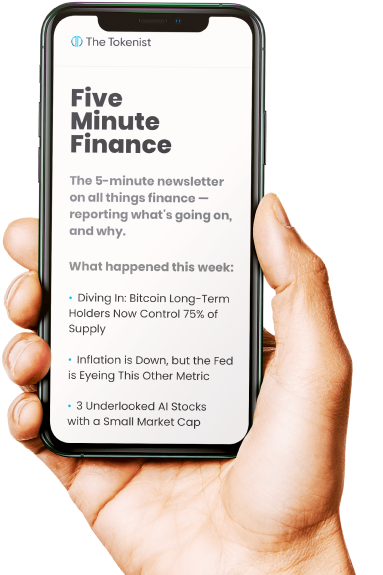
Sandisk Shares Pop as S&P 500 Inclusion Becomes Effective Today
Sandisk Corporation (SNDK) is experiencing significant momentum as its inclusion in the S&P 500 index becomes effective before the market opens on November 28, 2025. The flash memory and storage device manufacturer will replace marketing firm Interpublic Group, which is being acquired by Omnicom.
This milestone comes less than a year after Sandisk was spun off from Western Digital in February 2025, validating the company’s successful return to independence and strong financial performance driven by surging demand from the artificial intelligence sector.
S&P 500 Addition Triggers Predictable Wave of Institutional Inflows
The announcement on Monday, November 24th, sparked an immediate rally, with Sandisk shares surging over 13% on exceptionally high volume of 42.9 million shares. The stock closed Tuesday at $215.04, down 2.48% from Monday’s gains, but has rebounded strongly in premarket trading today, up 5.42% to $226.70 as the inclusion becomes official.
This price action reflects the well-documented “index effect,” where trillions of dollars in passive index funds and ETFs must purchase shares of newly added companies to maintain accurate tracking of the benchmark.
For fund managers overseeing S&P 500-indexed portfolios, purchasing Sandisk stock is not discretionary but mandatory, creating a massive and predictable wave of institutional demand. The market has quickly priced in this expected buying pressure from some of the world’s largest institutional investors.
With a current market capitalization of $31.5 billion and year-to-date returns exceeding 513%, Sandisk has vastly outperformed the S&P 500’s 15.83% gain over the same period, demonstrating the strength of its business turnaround.
Sandisk’s fiscal first-quarter 2026 results showcased the financial strength that earned its S&P 500 spot. The company reported revenue of $2.31 billion, up 23% year-over-year, while delivering positive GAAP earnings of $0.75 per share and non-GAAP earnings of $1.22 per share that beat analyst estimates. Management projects second-quarter non-GAAP EPS will nearly triple to a range of $3.00 to $3.40, reflecting strong demand for flash memory driven by AI infrastructure buildout.
Join our Telegram group and never miss a breaking digital asset story.
Strong AI Storage Demand Supports Bullish Analyst Targets
Sandisk’s inclusion in the S&P 500 provides several durable advantages beyond the initial buying surge. The company will benefit from a broader and more stable institutional investor base, enhanced market credibility as a blue-chip stock, and improved liquidity with consistent trading volume.
These factors can lead to more orderly price action and potentially lower volatility compared to non-index peers. Analysts maintain a “Moderate Buy” rating with an average price target of $260.41, suggesting potential upside from current levels despite the stock’s remarkable run.
The company’s strong positioning in the flash storage market, particularly for AI data center applications, has fueled its resurgence. Sandisk reported a 31% increase in exabytes sold during the latest quarter, with management noting that demand currently outpaces supply—a favorable dynamic supporting strong pricing power.
As data centers expand to handle AI workloads, the need for high-capacity, power-efficient solid-state drives continues to accelerate, positioning Sandisk to capitalize on this multi-year trend.
With the S&P 500 inclusion now effective, Sandisk solidifies its status as a major player in the technology sector’s computer hardware industry. The stock’s forward P/E ratio of 15.90 appears reasonable given the company’s aggressive growth trajectory and strong earnings guidance.
While the initial rally from the index announcement may be largely complete, the long-term benefits of S&P 500 membership—including sustained institutional ownership and enhanced market visibility—are just beginning to materialize for this resurgent storage technology leader.
Disclaimer: The author does not hold or have a position in any securities discussed in the article. All stock prices were quoted at the time of writing.




